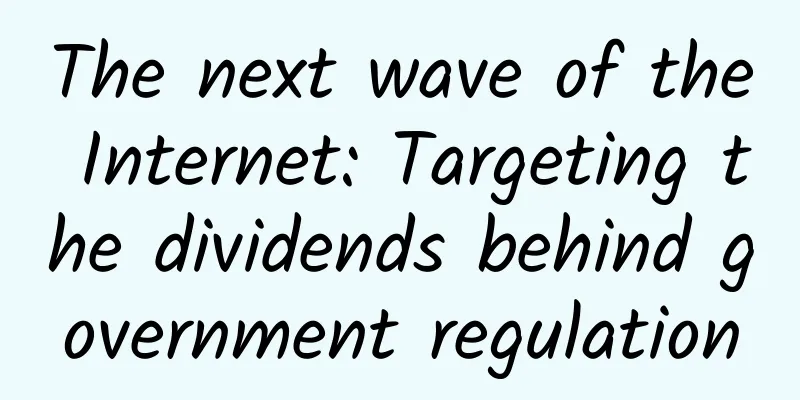Google is testing variable refresh rate (VRR) support for Chrome OS

|
Google is testing support for variable refresh rate (VRR) in the Chrome OS 101 development channel. Users who want to participate in the test must enable a flag from chrome://flags#enable-variable-refresh-rate after upgrading their systems to access the feature, and of course it can only be used on "displays that support this capability." "This could be a sign of future Chrome OS tablet upgrades"Google's testing of the feature could indicate a smoother gaming experience on Chrome OS, which would make sense considering Google just announced Steam is "coming" to Chrome OS. Rumors have also been swirling about the release of three potential gaming-focused Chromebooks, a possibility that has only grown stronger with the new Chrome OS logo that adds RGB keyboard support. But on the other hand, VRR support could herald an upgrade to refresh rates on future Chrome OS tablets, which currently offer a rather clunky display experience compared to traditional operating systems. Tablets running Chrome OS clearly need VRR if they want to compete with the likes of Samsung and Apple - the Samsung Galaxy Tab S8 series has a 120Hz refresh rate, while the iPad Pro comes with ProMotion support (which is basically another name for VRR) to make scrolling animations smoother. It's worth noting that both major GPU brands, AMD and NVIDIA, support variable refresh rates. AMD's solution is called FreeSync and uses a royalty-free variable refresh technology also known as adaptive sync. NVIDIA's G-Sync is a proprietary solution that offers the same experience. This experimental logo, then, could hint at AMD's GPUs in future Chromebooks. What is variable refresh rate?Here's a quick explanation of what variable refresh rates are and the benefits they bring. Let's start with the "refresh rate" of a monitor. If your Chromebook has a 30 Hz display, that basically means it can render or display 30 different frames per second. Similarly, a 60 Hz display can display 60 frames per second. The higher the number, the smoother the overall display will be, especially when watching videos or playing games. Given the above description, you can probably guess what variable refresh rate is. This is when your computer's display can match the refresh rate of your graphics chip or card. On monitors that support the feature, the frame rate from the GPU is synchronized with the display to eliminate stuttering and screen tearing. I'm sure everyone has seen stuttering on a monitor or display at least once. Screen tearing is more common in the gaming world, and it's not a pretty sight. It's like the game is rendering on multiple offset parts of the display, and it happens when the screen can't keep up with the GPU. It's clear this is a feature for Chromebooks, but there's a catch somewhere in the description. It only works on "capable displays." It's not clear any Chromebooks have offered variable refresh rate displays so far. On some relatively new devices, it might be possible to connect to an external display that supports variable refresh rates, but that's not certain. So you'll basically need a powerful CPU and GPU to run Steam games on a Chromebook, for example. So if you don’t plan on running demanding PC games on your Chromebook, you probably won’t care too much about this Chrome OS 101 detail. Regardless, with Chrome OS 101, Google is continuing to expand the scope of the Chromebook beyond "just a browser" with technology that supports a good gaming experience. |
<<: Developers, please note that WebKit is getting a new upgrade!
>>: Learn the best practices of modern Android development in one article
Recommend
In this case, "running a green light" is also illegal! 丨National Traffic Safety Day
December 2 is the 13th National Traffic Safety Da...
How to design a landing page that increases conversion rate by 30-50%? !
In the process of display advertising , when you h...
Tired of chicken soup? Try a bowl of "Dong Ying Gong" soup.
[[153975]] Recently, the cold wave in the capital...
Brand Proposal: How to Write a Proposal Case Study
This is a proposal I wrote for a small appliance ...
When taking over a new project, how can we quickly develop a reliable operation and promotion plan?
When taking over a new project, how can you quick...
Douyin Pay is quietly launched: parallel to Alipay and WeChat
Multiple media reported that Douyin Pay has been ...
Human genome sequencing has been completed. What does this mean?
It is very interesting for humans to study their ...
Newbies can earn more than 10,000 yuan a month with this niche blue ocean lucrative project
There are many popular products on every platform...
Can’t drink milk or eat bananas on an empty stomach? Huaxi doctors remind: What really shouldn’t be eaten on an empty stomach is…
Content Production Editor: Yang Yali Map: Eastern...
A diver was bitten by a moray eel underwater and his blood turned green...
Tim Powell is a diving enthusiast. In 2010, he up...
Apple pushes iOS 13.4.1 update to fix FaceTime call issues
Today, Apple pushed the 13.4.1 version update to ...
Liu Rongjun, "3M: How to build an innovative enterprise"
Liu Rongjun's "3M: How to Build an Innov...
E-commerce platform HighstreetWatchApp
Source code introduction: This project is an appl...
WeChat and Alipay jointly promote “contactless payment” at highway toll stations. Can they compete with ETC?
After seeing the news that WeChat and Alipay simu...
The top ten e-books are free and completed, and the fantasy novels are ranked?
Due to the epidemic, many people are bored at hom...









